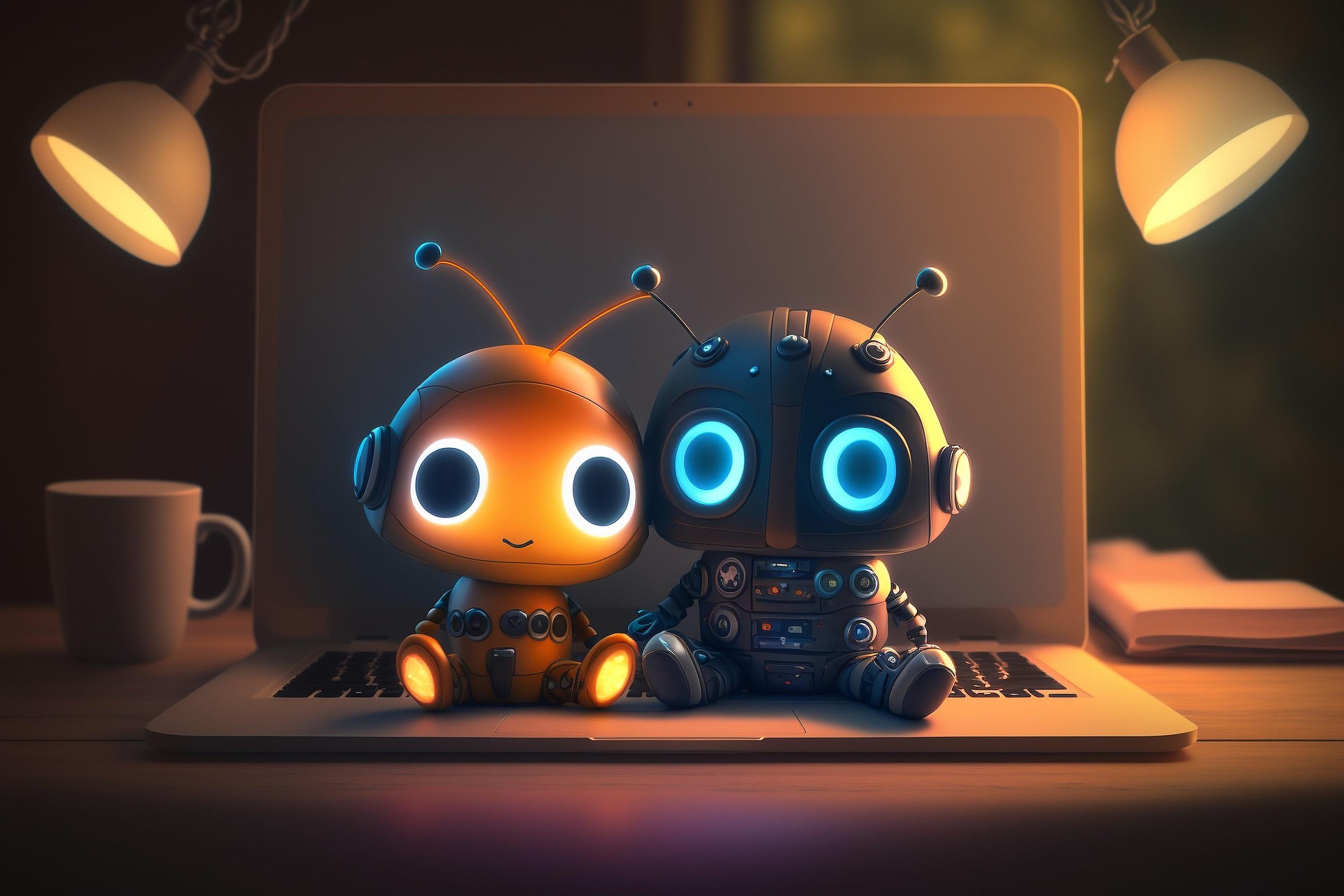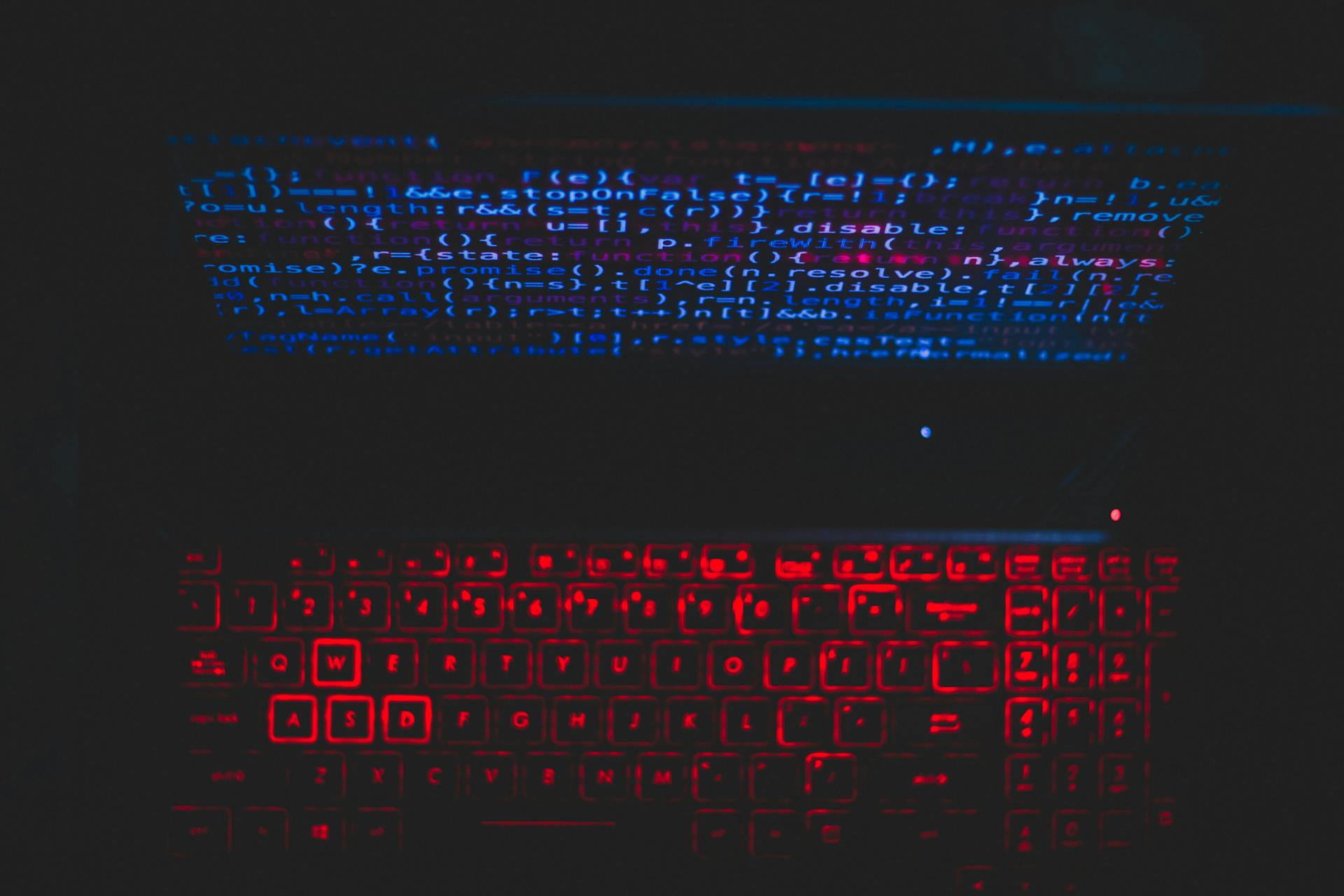Have predictions of an AI “takeover” finally been realized? A glance at creative industries in 2025 shows artificial intelligence tools have proliferated in unexpected ways.
AI excels at mimicking patterns and artistic styles. It can analyze global datasets in a split second to generate literature, gaming worlds, or paint like the old masters in overdrive. These are the very quality metrics by which we judge how good AI is becoming, yet its progress raises growing concerns. The Business Research Company predicts that AI in art will increase from 430 million in 2024 to nearly one billion in 2025.
It’s not surprising that massive profit potential motivates advancement. But while tools improve efficiency, our growing dependence on AI creation might snuff the human spark that animates it.

The AI Art Movement: Form Without Substance
Technical ability is only one aspect of an artwork’s value. We’ve progressed from clumsy clones of celebrities and too-clean videogame landscapes to hyper-detailed, realistic imagery that defies scrutiny. Convincing digital portraits and fantastical landscapes can show brushwork that never occurred and capture flawless “photographic” images that bypass lens, light, and photographer.
AI-generated artwork has also entered (not without controversy) into the fine art scene. However, critics say these creations have a derivative quality, lacking the intention, authenticity, and human touch we expect from true artistry.
Though we can’t always put our finger on it, human artists infuse projects with emotion, messaging, and energy that can be felt. The viewer can’t necessarily explain what this essence is made of, but they can perceive its absence.
The replication abilities at the core of AI’s advancement may be to blame. While it can view and clone anything that’s ever entered the digital thought pool, it views art as an outsider. It can capture a spectrum of creations spanning time and cultures, but it can’t speak through its work with the lived experience of an artist.
The proliferation of AI artwork has also made creation and distribution more convenient for people who would otherwise struggle to build the skills, portfolios, and networks required for artistic success. Truly original, human-made work competes in a saturated market with cheap facsimiles and algorithmically driven trends.
Thanks to AI, the “starving artist” cliche feels more limiting than ever.
AI Gaming Development: Immersion in a Less Human World
In recent decades, the gaming industry exploded to meet the demand for immersive storytelling experiences. This phenomenon also fueled a substantial economic foothold based on developer certifications, jobs, gaming tech, and profits.
Like every successful industry that arrives at a crossroads of quality, speed, and profit, gaming has shifted dramatically toward the latter. AI tools can now generate landscapes, dialogue, and detailed story arcs. The humans who once brainstormed these fantasy worlds can be replaced with AI to reduce development time and costs.
However, gamers increasingly complain that removing human creativity from the latest titles in the gaming market erases the unique, realistic aspects that make those worlds resonate with them. Gamers point to predictable quests, lifeless, sanitized dialogue, and cloned environments that feel like AI-generated filler rather than thoughtful design.
Players appreciate complexity, emotional depth, and elements of surprise that come directly from the human input. Though AI game development has been in play for a relatively brief time so far, enthusiasts say it’s already clear artificial intelligence struggles to craft good stories that make simulations feel like real life.
The Sound of AI: Music Without Resonance
Music lovers endured the emergence of autotune in the ‘90s, and people expect that producers will fine-tune and polish their tracks before releasing them. In the past, a sound engineer has functioned somewhat like a DJ, harmonizing various instruments and artists to collaborative perfection.
But artificial intelligence tools have reached the status of composer—generating melodies, beats, and writing lyrics. While AI tools help artists streamline production and editing, they may risk skipping over the raw emotional base for creation that breathes life and longevity to music.
Listeners have been quick to note the difference.
Because AI is a master predicter, it can generate chord progressions and hooks that perform well on streaming platforms. Songs that sound familiar at the outset grab attention, but only time will tell if anyone is truly moved or changed by what they hear. Just like visual art and poetry, there is an evasive, deeply relatable element to music that has nothing to do with perfect pitch and timing.
Already, a sense of musical homogenization has listeners complaining that songs aren’t as good as they were a decade or two ago. Playlists sound formulaic, albums aren’t “experienced” as a complete journey, and shortly after their release, many of today’s hits fade back into the monotone void.
AI Monoculture May Represent a Death of Culture
It can be argued that overreliance on AI in creative industries will result in a global monoculture— originality replaced with repetition, and new ideas replaced with bland, safe mono-think.
Should we therefore abandon AI altogether? Even if that were possible, AI has proven so useful to fulfill repetitive tasks, conduct research, and more that its value is undeniable. These tools are powerful in the hands of artists.
The question should be, should we avoid replacing artists with tools?
While the novelty of AI creations delights us, already, people are becoming weary of sameness. Spectacular videos and images on social media draw numerous accusations in the comments, “This is AI! Fake!”
Fakery fatigue is evident in shifting beauty and fashion trends as well. A decade of social media filters homogenized the public, trading individuality for a narrow aesthetic ideal.
Now, the perfectly-predictable-monoculture-Kardashian-clone-fatigue is real.
When our AI-generated world has everything and everyone glossed generic, predictably, the pendulum swings our desires back toward imperfect, gritty, and real. We’re beginning to see the early signs of a backlash—musicians releasing throaty, unmastered folk and rap reminiscent of the ‘70s and ‘80s. Celebs like Pamela Anderson, who insists on bare-faced beauty, offering a quietly satisfying alternative. She is criticized by the masses but embraced by a growing fringe of monoculture rebels who hunger for the novel, honest, and unmistakably human.
Whether AI will integrate irreversibly into our creative industries remains to be seen, but we can acknowledge that it may be a net loss for humanity if it does.

Art Versus Artificial Intelligence: What Is the Genesis of Creation?
True art has always been an outlier. It runs ahead of the curve—visionary, not reactionary. Artistic expression precedes mass adoption, keeping it out of tune, or out of step for a time. Human creativity sparks movements—it doesn’t conform to them.
Contrast this process with a tool designed to scan mass media and spit out widely accepted and palatable products of previous creation. In music, literature, film, and visual art, inspiring masterpieces owe their genesis to rebellion against the norm. That instinct is a deeply human sentiment—one that AI can’t grasp or duplicate.
As creators, or curators of art, we have a role to play. We can embrace the risky, blemished journey—algorithm sanctioned or no—or we can trade it for scale, shortcuts, and mass appeal.
If we choose to let an illusion of loveliness replace the human creative process, we should expect to grieve the loss of heart and soul in our writing, music, and games. We may even lose the desire to play.
So, let’s honor the slow nature of human creativity, not despite its flaws, but with reverence for them. Our work tells our story—to ourselves and to each other. Without that lifeforce, creativity becomes uncanny and disappointing. What a shame it would be to delegate the best parts of ourselves for the sake of profits.
Whether building a captivating game world, a work of fiction that lives in readers’ minds, or albums that define moments of life and love for listeners, art has never been about efficiency. It’s about revealing who we are, and it can only be done authentically.
